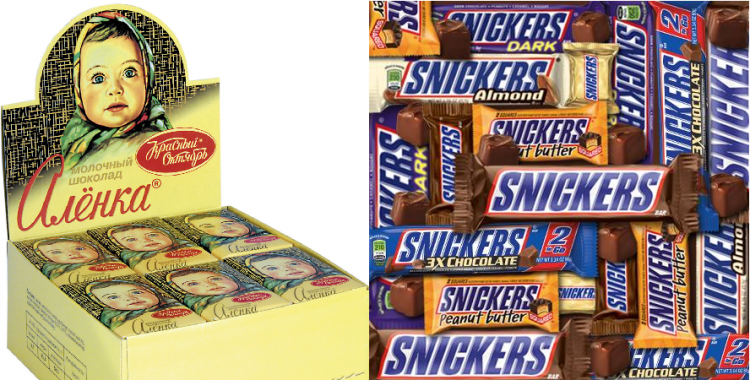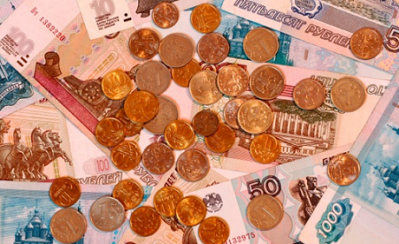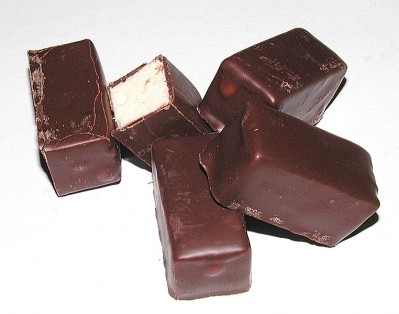Russian Chocolate Revolution
Soviet chocolate faces the wrath of foreign invasion – Leatherhead

Russian chocolate consumption is growing rapidly as over 80% of Russian consumers eat chocolate on a regular basis. At 5.9kg per capita Russian consumption is catching up with the likes of some of the highest consuming nations in Western Europe such as France (6.3 kg) and Germany (8.2 kg).
Cosmopolitan tastes of the Russian youth
Jonathan Thomas, primary market analyst for Leatherhead told ConfectioneryNews: “Much of the growth has been driven by the growing appetite for foreign brands/products – as a result, the dominance of Soviet brands is fading fast, with younger (predominantly urban) consumers having more cosmopolitan tastes”.
Leatherhead said in its latest Confectionery Industry Update that The overall Russian confectionery market has climbed around 21% since 2008, taking value sales to RUB 360bn ($11bn) in 2012.
Chocolate makes up 71.7% of the sector with RUB258b ($8bn) sales in 2012 and volumes of 550,000 per annum.
Bad news for United Confectioners
Young people turning their backs on Soviet-era chocolate could spell bad news for part state-owned domestic firm United Confectioners, which makes up 18% of the Russian chocolate market.
“The company owns the rights to 80% of Soviet-era chocolate brands, which are still popular amongst older consumers who remember them with affection. However, the pressure continues to grow from multinationals – for example, the popularity of Snickers is rising fast,” said Thomas.
United Confectioners operates 19 confectionery plants within Russia and represents 13% of overall confectionery production with 350,000 MT volumes a year. Its core chocolate brands include Alenka and Babaevsky.
Mars and co to profit
The increased popularity of foreign brands will be sweeter news for multinationals in Russia.
Mars commands an 18% share of the Russian chocolate market and Nestlé has a 12% stake through local brands Bon Pari and Comilfo, in addition to regulars such as Aero and Kit Kat.
Ferrero is also present with a 10% share, as well as global giant Mondelez.
Pralines are Russian favorites, but Thomas believes the landscape is changing.
“Although pralines still hold a strong position, higher growth in being observed in sectors such as moulded bars and countlines, the latter of which continue to make inroads into the snacking market. There is also evidence that premium, artisanal chocolate is developing a growing following in Russia.”
Modern channels
Leatherhead believes rising incomes and an improved retail infrastructure have been one of the reasons behind such growth.
Modern store formats like supermarkets and department stores make up 60% of Russian confectionery sales and this channel’s share is forecast to increase further at the expense of kiosks and small grocery stores.







